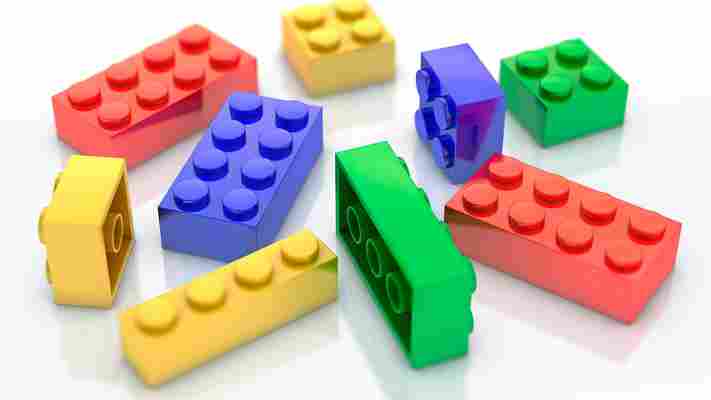LEGO Sets Are Better Investments than Stocks, Bonds or Even Gold
Here’s a piece of advice for anyone looking to invest wisely for long-term gains: don’t get rid of those old LEGO sets just yet because they might be worth some serious dough.

They’re a wildly popular diversion for both kids and adults, and now it turns out that LEGO sets—discontinued ones at least—may be seriously valuable collectibles to boot. A study by researchers at the Higher School of Economics in Moscow found that prices for retired LEGO sets grew 11 per cent annually between 1987 and 2015 —a rate that’s faster than bonds, stocks, and even gold. The study also concluded that LEGO returns are not exposed to risk factors and weakly dependent on the stock market. However, the sets are not a way to score fast cash; rather, they’re long-term investments that yield returns within two to three years of the sets being discontinued.
The study’s authors, Victoria Dobrynskaya and Julia Kishilova, reported their findings after looking at the prices of 2,322 LEGO new unopened sets from 1987 to 2015 and using information from primary sales as well as online auction transactions. Their research also unearthed a number of fun facts: to start, prices of small and very large sets grow faster than medium-sized sets. This is most likely because smaller sets have unique parts and figurines while larger sets are rarer and appeal more to adults. Also, sets tied to hit movies, holidays, and well-known buildings see the highest growth in value as do limited-edition sets. Top valued sets include the Taj Mahal, Imperial Star Destroyer, and Millennium Falcon.
Why exactly do retired LEGO sets rise in value so quickly? For one, they’re produced in small quantities with special edition sets being the most limited. They’re also not widely available on the secondary market because owners lose parts or don’t want to part with sets they love. And since they’re beloved by both adults and kids – and have been around for decades – the study assumes the more time has passed since a set first debuted, the more nostalgic and desirable it becomes.
The architectural quality of LEGO sets also plays into why discontinued sets are so valuable, says Christian Bailey, a founding principal at ODA Architecture in New York and an avid Lego fan who still owns sets acquired in the 1970s. “LEGO (sets) are like architecture because they’re building blocks that you use to create a 3-D scene whether it’s from a movie or of a building or set in space,” he says. “They’re endlessly imaginative.”
In a release about the study, Dobrynskaya said, “We are used to thinking that people buy such items as jewelry, antiques or artworks as investment. However, there are other options, such as collectible toys. Tens of thousands of deals are made on the secondary LEGO market. Even taking into account the small prices of most sets, this is a huge market that is not well-known by traditional investors.”
Bailey agrees that most people are unaware of the potential value of LEGO sets. “As a LEGO lover, however, I understand why the sets can become an asset,” he says. “I’m not parting with mine anytime soon.”